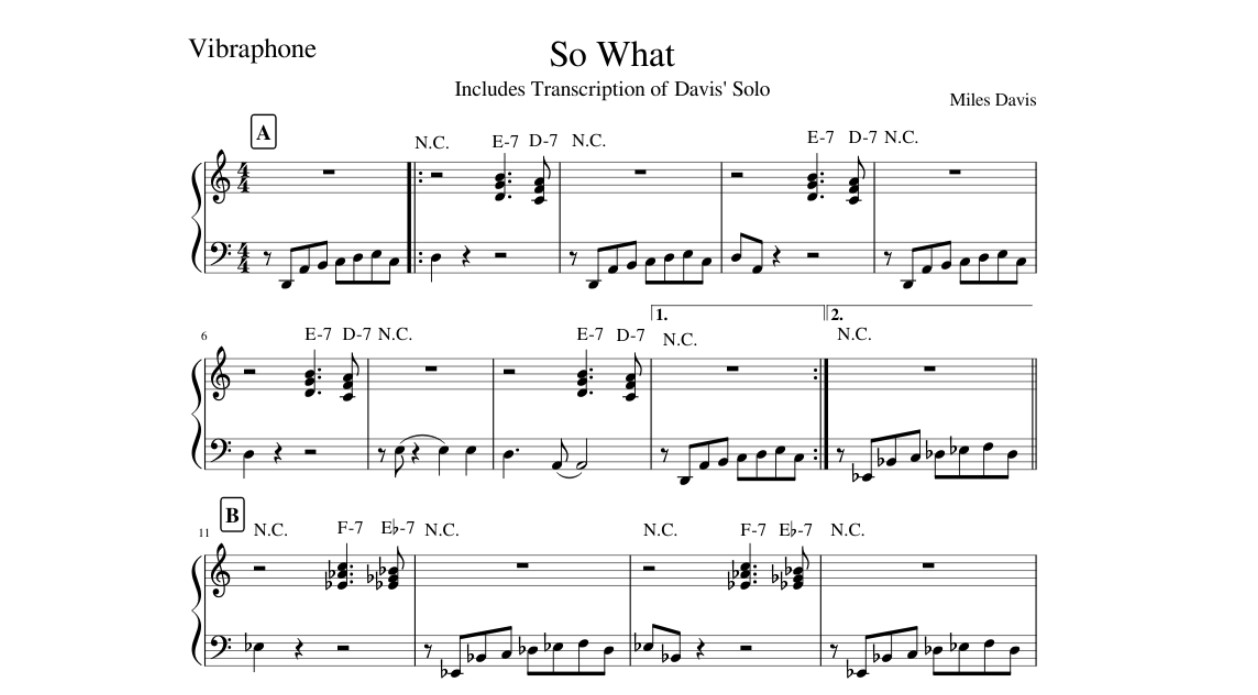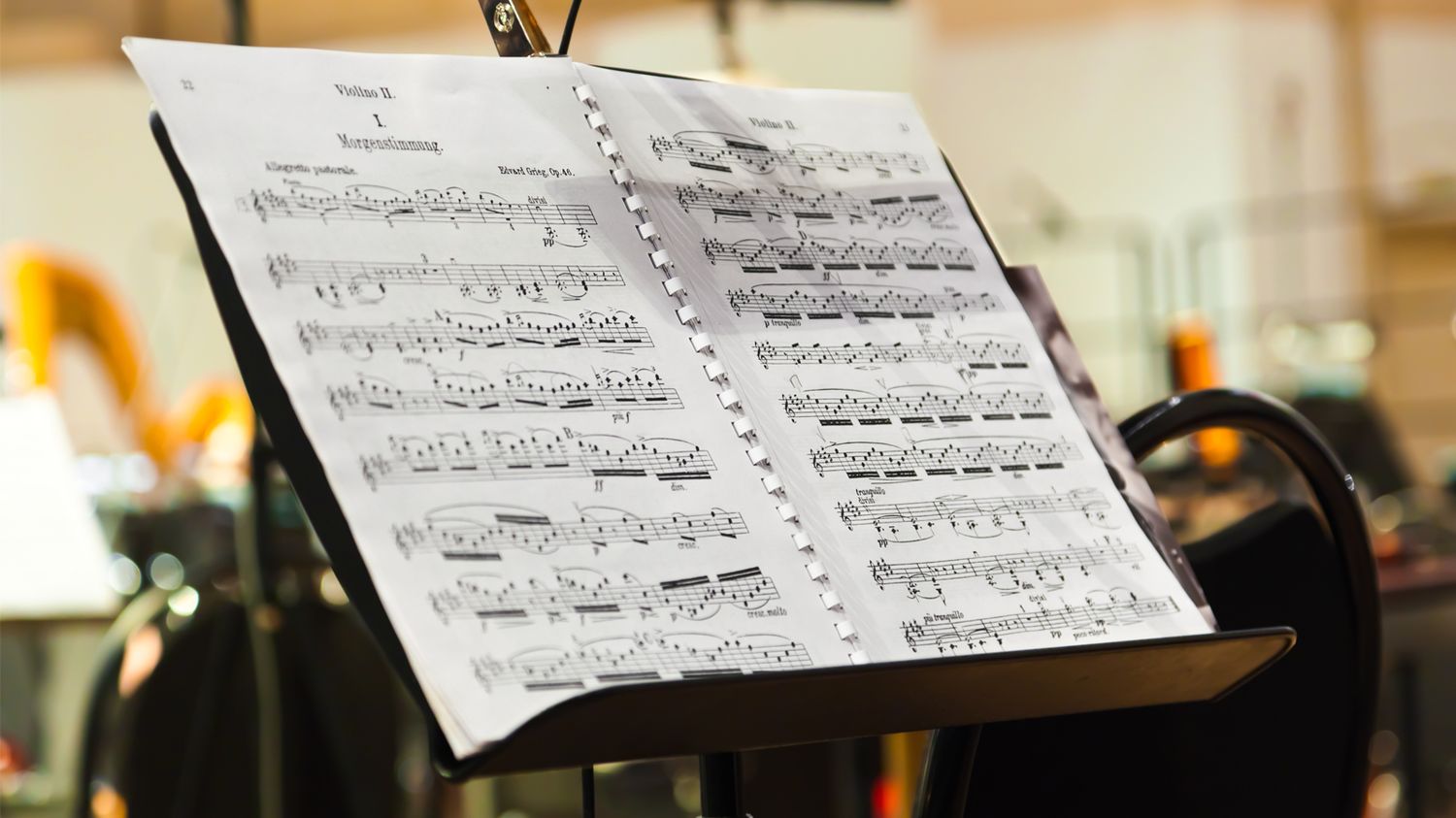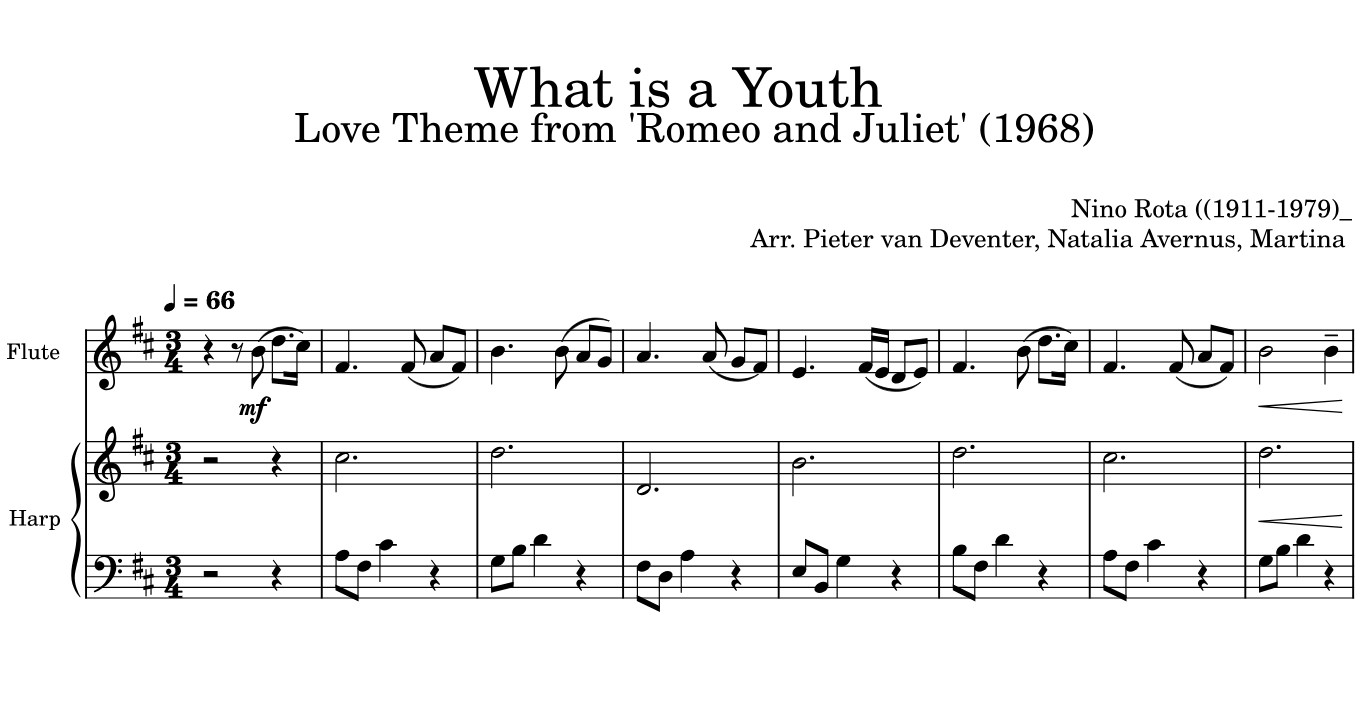Home>Production & Technology>Sheet Music>Miles Davis So What Sheet Music


Sheet Music
Miles Davis So What Sheet Music
Modified: January 22, 2024
Find Miles Davis So What Sheet Music for free! Download and print the best quality sheet music on our website. Enhance your music skills today with our extensive collection.
(Many of the links in this article redirect to a specific reviewed product. Your purchase of these products through affiliate links helps to generate commission for AudioLover.com, at no extra cost. Learn more)
Table of Contents
Introduction
Sheet music is an invaluable resource for musicians of all levels. It provides a written representation of musical compositions, allowing performers to accurately recreate a piece of music. One iconic and influential piece of sheet music is “So What” by jazz legend Miles Davis. Released in 1959 as part of his album “Kind of Blue,” “So What” has become a timeless jazz standard and a must-know for any aspiring jazz musician.
In this article, we will delve into the world of “So What” and explore its intricacies and musical elements. We will break down the chord progression, analyze Miles Davis’ iconic trumpet solo, and provide tips on playing the piece on the piano. Whether you’re a jazz enthusiast, a seasoned musician, or just starting your musical journey, this article will give you a deeper understanding of “So What” and its significance in the world of jazz.
As we venture into the world of “So What,” we will discover the unique harmonies, subtle nuances, and improvisational nature of the piece. So grab your instrument, get your sheet music ready, and let’s dive into the beautiful complexities of “So What” by Miles Davis.
Overview of “So What” by Miles Davis
“So What” is a pivotal composition in the world of jazz, penned by the legendary trumpet player and bandleader, Miles Davis. It serves as the opening track of his genre-defining album “Kind of Blue,” released in 1959. The album is often regarded as one of the greatest jazz recordings of all time, and “So What” is a cornerstone of its success.
The piece is a modal jazz composition, meaning it is based on modal scales rather than traditional chord progressions. “So What” specifically utilizes the Dorian mode, which gives the music a distinctive and haunting sound. The use of modal harmony allows for extended periods of improvisation, giving musicians the freedom to explore and express themselves within the framework of the piece.
The song is characterized by its simplicity and elegance. The main theme, played by the saxophone and trumpet, consists of a repeating four-note motif that is instantly recognizable. The minimalistic nature of the melody allows for a focus on the musical dialogue and interaction between the instruments during improvised sections.
One of the defining features of “So What” is its distinctive bassline, played by the legendary bassist Paul Chambers. The bassline is a repeated ostinato pattern, which creates a hypnotic and driving groove throughout the composition. Chambers’ melodic sensibility and impeccable timing set the foundation for the rest of the ensemble to build upon.
Overall, “So What” is a masterclass in musical restraint and collaborative improvisation. It showcases the talent and creativity of the individual musicians while seamlessly blending their contributions into a cohesive and captivating whole. The piece’s enduring popularity and influence can be attributed to its timeless beauty and the unique artistic vision of Miles Davis.
Analysis of the “So What” Chord Progression
The chord progression in “So What” is a prime example of the versatility and innovation that Miles Davis brought to jazz composition. The piece revolves around a simple yet groundbreaking modal approach, which diverges from the traditional chord progressions commonly found in jazz standards. The progression primarily focuses on two chords, giving the music a spacious and introspective quality.
“So What” is composed in the key of D Dorian, which is a mode derived from the C major scale. The two chords that form the backbone of the composition are Dm7 and Ebm7, with each chord being played for a total of eight bars. The repetitive nature of this progression allows for extended periods of improvisation and exploration by the musicians.
The Dm7 chord establishes the tonal center of the piece and creates a sense of tension and release. The Ebm7 chord, played in the eighth bar, functions as a temporary shift of tonality and provides a subtle yet effective contrast to the Dm7 chord. This alternating pattern of chords is repeated throughout the piece, creating a hypnotic and ethereal atmosphere.
In addition to the Dm7 and Ebm7 chords, “So What” also incorporates a vamp section during the soloing portions. The vamp is a series of two chords, Dm7 and Db7, which are played back and forth to create a sense of rhythmic and harmonic tension. This vamp section adds a dynamic element to the piece, allowing for further improvisation and interaction between the musicians.
The modal approach of “So What” allows for greater freedom and flexibility in improvisation. Rather than being confined to a specific set of chord changes, musicians can explore the various melodic possibilities within the D Dorian scale. This approach encourages creativity and self-expression, leading to some of the most memorable and iconic jazz solos recorded.
Overall, the chord progression in “So What” demonstrates Miles Davis’ innovative and forward-thinking approach to jazz composition. By focusing on modal harmony and simplicity, he was able to create a timeless piece of music that continues to inspire and captivate musicians and listeners alike.
Transcription of Miles Davis’ Trumpet Solo in “So What”
Miles Davis’ trumpet solo in “So What” is a masterclass in melodic phrasing and improvisation. Known for his lyrical and emotive playing, Davis showcases his technical prowess and distinctive sound in this iconic solo. Here, we will explore the key musical elements and techniques employed by Davis in his solo, providing insights into his unique style.
The solo begins with Davis delicately and thoughtfully playing around the D Dorian scale, matching the modal context of the composition. He weaves in and out of the melody, utilizing the space and time between notes to create suspense and anticipation. Davis’ use of repetition and variation adds depth to his improvisation, building musical tension and release as the solo progresses.
One notable aspect of Davis’ solo is his use of dynamics. He effortlessly moves from soft, introspective phrases to intense, soaring lines, creating an emotional journey for the listener. His control over the trumpet’s tone and timbre allows him to express a wide range of emotions within his improvisation, captivating the audience with each note.
Davis also demonstrates his mastery of melodic development throughout the solo. He takes simple motifs and transforms them into intricate melodies, developing and expanding upon them as the solo unfolds. This approach adds coherence and structure to his improvisation, showcasing his ability to tell a musical story through his playing.
Furthermore, Davis’ use of space and silence is a defining characteristic of his soloing style. He strategically pauses and rests, allowing the music to breathe and creating moments of suspense and anticipation. These moments of silence serve as an integral part of his phrasing, emphasizing the impact of the notes played and adding a sense of musical drama to his improvisation.
Finally, Davis’ tone and sound quality are truly remarkable. His warm and mellow sound, combined with his impeccable control and articulation, contribute to the expressive nature of his playing. His ability to shape and mold each note with precision and intention is what sets him apart as one of the greatest trumpet players in jazz history.
Transcribing and studying Miles Davis’ trumpet solo in “So What” can provide valuable insights into jazz improvisation and the art of melodic storytelling. It serves as a testament to Davis’ brilliance as a musician and his lasting impact on the world of jazz.
Tips for Playing “So What” on Piano
“So What” is not only a masterpiece of composition and improvisation but also a challenging piece to play on the piano. However, with the right approach and practice, you can master this iconic jazz standard. Here are some tips to help you navigate the intricacies of “So What” on the piano:
- Master the Dorian mode: As “So What” is based on the D Dorian mode, it is crucial to familiarize yourself with this scale. Practice playing the scale in different octaves and explore its intervals to develop a deep understanding of its unique tonal qualities.
- Understand the chord voicings: Gain a clear understanding of the chord voicings used in “So What.” Start by practicing the Dm7 and Ebm7 chords in their root position, then progress to different inversions and voicings to add more color and texture to your playing.
- Work on the bassline: The bassline played by the left hand is a distinctive feature of “So What.” Practice the ostinato pattern consistently to develop a solid sense of rhythm and groove. Pay attention to the interaction between the bassline and the chords played in the right hand.
- Focus on phrasing: “So What” is a piece that thrives on subtle nuances and dynamics. Pay attention to the phrasing and articulation suggested in the sheet music and strive to replicate them on the piano. Experiment with different dynamics and explore the wide range of expression within the composition.
- Embrace improvisation: Just as Miles Davis did in his trumpet solo, embrace the spirit of improvisation in your piano playing. Once you’re comfortable with the chord progression and have a solid understanding of the Dorian mode, allow yourself to explore and experiment with your own improvisations within the framework of the piece.
- Listen to recordings: To truly capture the essence of “So What,” listen to different recordings of the piece performed by notable jazz musicians. Study their interpretations, take note of their melodic choices, and incorporate elements that resonate with you into your own performance.
- Practice with a metronome: Maintaining a steady tempo is crucial in capturing the essence of “So What.” Use a metronome during your practice sessions to develop a solid sense of time and rhythm. Start slowly and gradually increase the tempo as you become more comfortable with the piece.
Remember, playing “So What” on the piano requires dedication and practice. Be patient with yourself, break the piece down into manageable sections, and gradually piece it all together. Embrace the beauty and complexity of this jazz standard and enjoy the journey of mastering it on the piano.
Conclusion
“So What” by Miles Davis is a timeless jazz composition that has captivated audiences for decades. Its modal approach, innovative chord progression, and breathtaking improvisations have solidified its place as a jazz standard and a must-know piece for musicians of all levels.
In this article, we explored the various facets of “So What,” from its iconic chord progression to the transcription of Miles Davis’ trumpet solo. We also provided valuable tips for pianists looking to tackle this challenging piece. By understanding the modal nature of the composition, mastering the Dorian mode, and embracing improvisation, you can bring your own unique interpretation to this jazz masterpiece.
Playing “So What” is not only a technical endeavor but also an opportunity for self-expression and artistic exploration. Whether you’re a jazz enthusiast, a seasoned musician, or a budding pianist, diving into the world of “So What” will deepen your understanding of jazz and enhance your musical abilities.
Remember to pay attention to the subtleties of the piece, such as phrasing, dynamics, and the interaction between the instruments. Listening to recorded performances by jazz greats will provide invaluable inspiration and guidance as you embark on your journey with “So What.”
Through dedication, practice, and an appreciation for the rich history of jazz, you can unlock the beauty and complexity of “So What” on your instrument. So grab your sheet music, sit down at the piano, and let the evocative harmonies and melodies of “So What” transport you into the heart of jazz.











